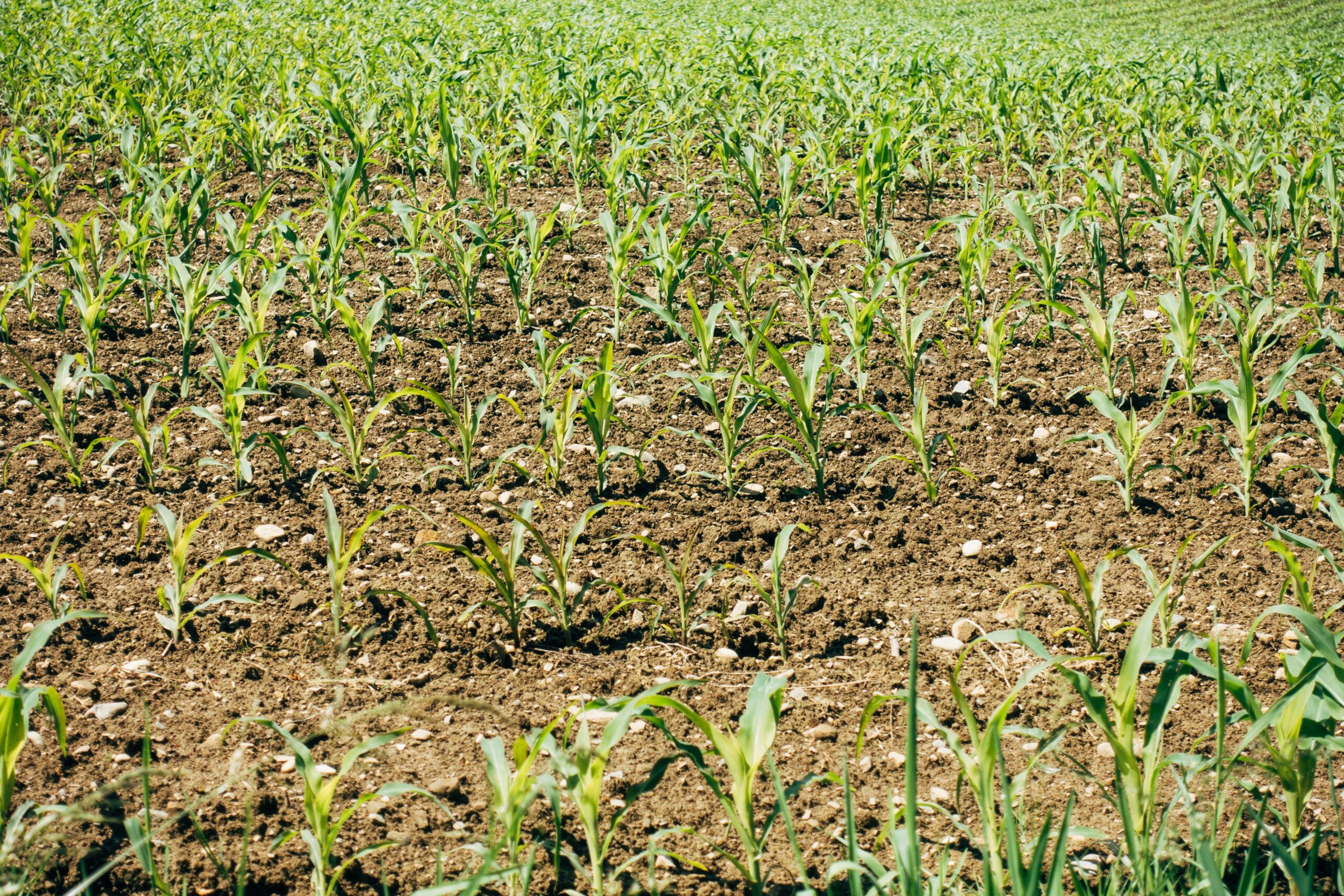Key Takeaways
- Bion Environmental Technologies has signed an MOU with Kimmeridge to evaluate the deployment of its Ammonia Recovery System at a large Renewable Natural Gas (RNG) facility.
- The agreement includes shared engineering work, fertilizer sample production, agronomic validation, lifecycle analysis, and commercial planning.
- Bion Environmental Technologies has granted a limited Right of First Refusal to Kimmeridge for a premium equity investment during the evaluation period.
- The partnership aims to advance nutrient circularity, improve soil health, and expand the availability of organic nitrogen fertilizers.
- Bion’s AB10 fertilizer is OMRI Listed and part of a new class of soluble organic nitrogen products.
Bion Environmental Technologies Formalizes MOU with Kimmeridge
Bion Environmental Technologies and Kimmeridge Begin Joint Evaluation of Ammonia Recovery System
Bion Environmental Technologies, Inc. has executed a Memorandum of Understanding with Kimmeridge Energy Management Company, LLC to assess the integration of Bion’s ammonia recovery technology into a potential large-scale Renewable Natural Gas facility. The collaboration reflects growing interest in technologies that convert organic waste streams into high-value agricultural inputs.
Under the MOU, both parties will jointly fund engineering assessments, fertilizer sample development, agronomic and lifecycle analyses, and commercial planning activities. The work is intended to inform negotiations for a potential Joint Venture centered on deploying Bion’s Ammonia Recovery System.
Bion Environmental Technologies Expands Fertilizer Innovation Through RNG Partnership
Focus on Ammonia Capture and Upcycling Into Organic Fertilizers
Bion Environmental Technologies produces organic ammonium bicarbonate fertilizers by isolating ammonia from digestate after biogas production and bonding it with CO₂ captured during gas upgrading. Without such recovery, ammonia can escape into the air or contribute to nutrient runoff and groundwater contamination.
The company’s AB10 fertilizer, containing roughly 10% nitrogen, is OMRI Listed for organic production. Bion’s broader AB fertilizer portfolio includes varying concentrations and pH levels, expanding the suite of organic nitrogen products available to growers seeking precision-applicable, high-value alternatives to synthetic nitrogen.
Integration of ammonia capture at an RNG facility supports nutrient circularity, expands organic farming inputs, and reduces environmental impacts associated with waste streams.
Bion Environmental Technologies Highlights Strategic Alignment with Kimmeridge
Potential Equity Investment and Shared Commitment to Sustainable Energy and Agriculture
As part of the MOU, Bion Environmental Technologies granted Kimmeridge a limited Right of First Refusal to make a significant equity investment in the company at a premium to current market value during the evaluation period. The MOU will be publicly filed as an exhibit to a Form 8-K on December 9, 2025.
Craig Scott, CEO of Bion, stated that the company had been seeking strategic partners in the biogas and RNG sector who share an interest in circular resource management and sustainable agriculture. The partnership with Kimmeridge, he noted, aligns with that objective.



1 Comment